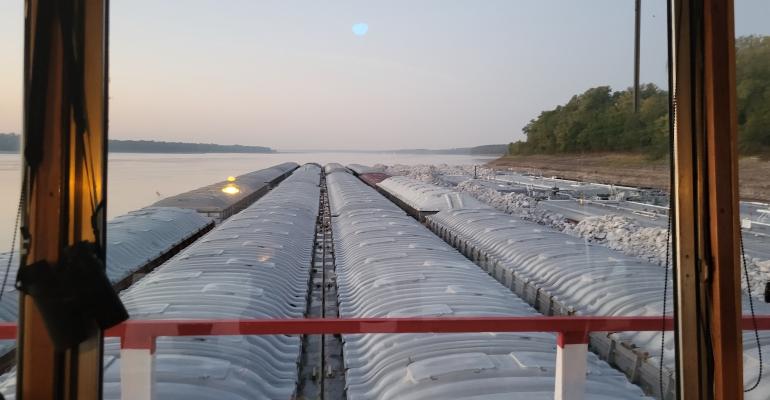Wisconsin's Long-range Transportation Plan
Officially adopted in 2009, Connections 2030 is the long-range transportation plan for Wisconsin.
The plan addresses all forms of transportation; integrates transportation modes; and identifies policies and implementation priorities to aid transportation decision makers when evaluating program and project priorities over the next 20 years.
Connections 2030 is a comprehensive transportation plan for moving people and freight in and through Wisconsin using highways, local roads, air, water, bicycle, pedestrian, and transit modes. The plan’s vision closely echoes the US DOT’s strategic goals:
An integrated multimodal transportation system that maximizes the safe and efficient movement of people and products throughout the state, enhancing economic productivity and the quality of Wisconsin’s communities while minimizing impacts to the natural environment.
Connections 2030 relies heavily on corridor management to manage larger areas in a “cohesive, investment-focused way.” In the process, WisDOT has identified 37 system-level priority corridors which serve important aspects of the Wisconsin economy and connect it to other states.

Corridor management also provides a tool for integrating the multiple legal and financial jurisdictions—state and local government, regional planning commissions, and metropolitan planning organizations—that are stakeholders in many transportation projects.
This plan contains 37 high-level policy recommendations grouped into seven interrelated themes: preserve and maintain Wisconsin’s transportation system; promote transportation safety, foster Wisconsin’s economic growth; provide mobility and transportation choice; promote transportation efficiencies; preserve Wisconsin’s quality of life; and, promote transportation security. WisDOT used a thematic structure to provide an “integrated, multimodal approach” instead of making recommendations based on mode.
Work on Connections 2030 was started in 2002 and the plan was officially adopted by WisDOT in 2009. At the time of adoption, WisDOT freely acknowledged that existing revenue streams were insufficient, that the motor fuel tax (the source of most of revenue for the highway trust fund) was projected to remain flat through at least 2015, and that continued growth and deteriorating infrastructure would only widen this gap.
In the intervening period, the economic and political environment in Wisconsin has changed radically. Because of this, one might wonder about the viability of Connections 2030 as useful planning document. While it is true that the current administration in Wisconsin seems to place little value on non-motorized and public transportation, the purpose of a long range plan is not to merely reflect the values and thoughts of the administration in power, but rather it is to reflect the values and desires of the people who took part in the planning process. If the professional analysis that supports the plan and the public involvement processes that informed it were done correctly, the plan will still furnish a long range vision of where transportation in the state might go. As the political currents ebb and flow, the vision may be more fully realized than it appears to be today.
We sometimes forget that planning for the public sector is done within a political environment. A well-crafted plan does not reflect only the current political thinking, it also should inform that thinking. One group of political leaders may emphasize some elements of the vision outlined in a plan, as the current Wisconsin administration has emphasized highways. Other leaders at other times will chose to embrace other elements within the vision. If all the elements are not well documented and articulated, they may not be understood or embraced.
For more information and to read the entire plan, visit the Connections 2030 website at wiconnections2030.gov.
